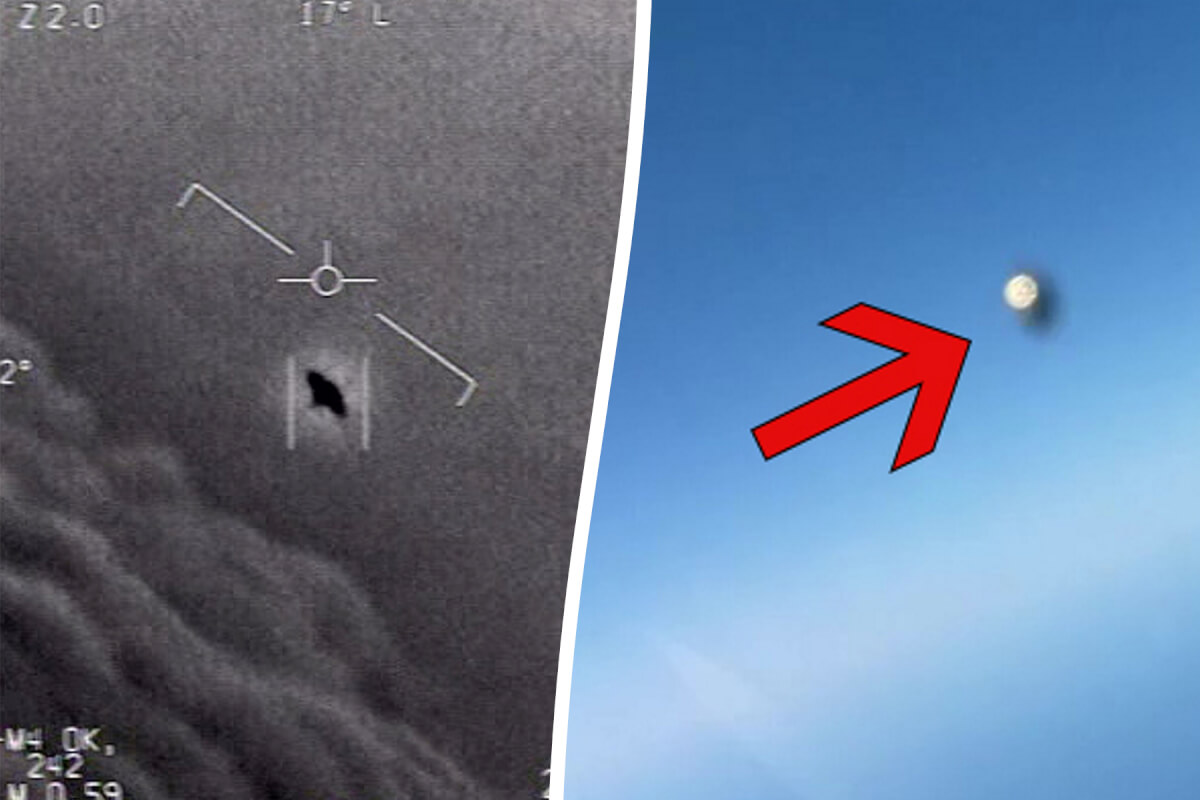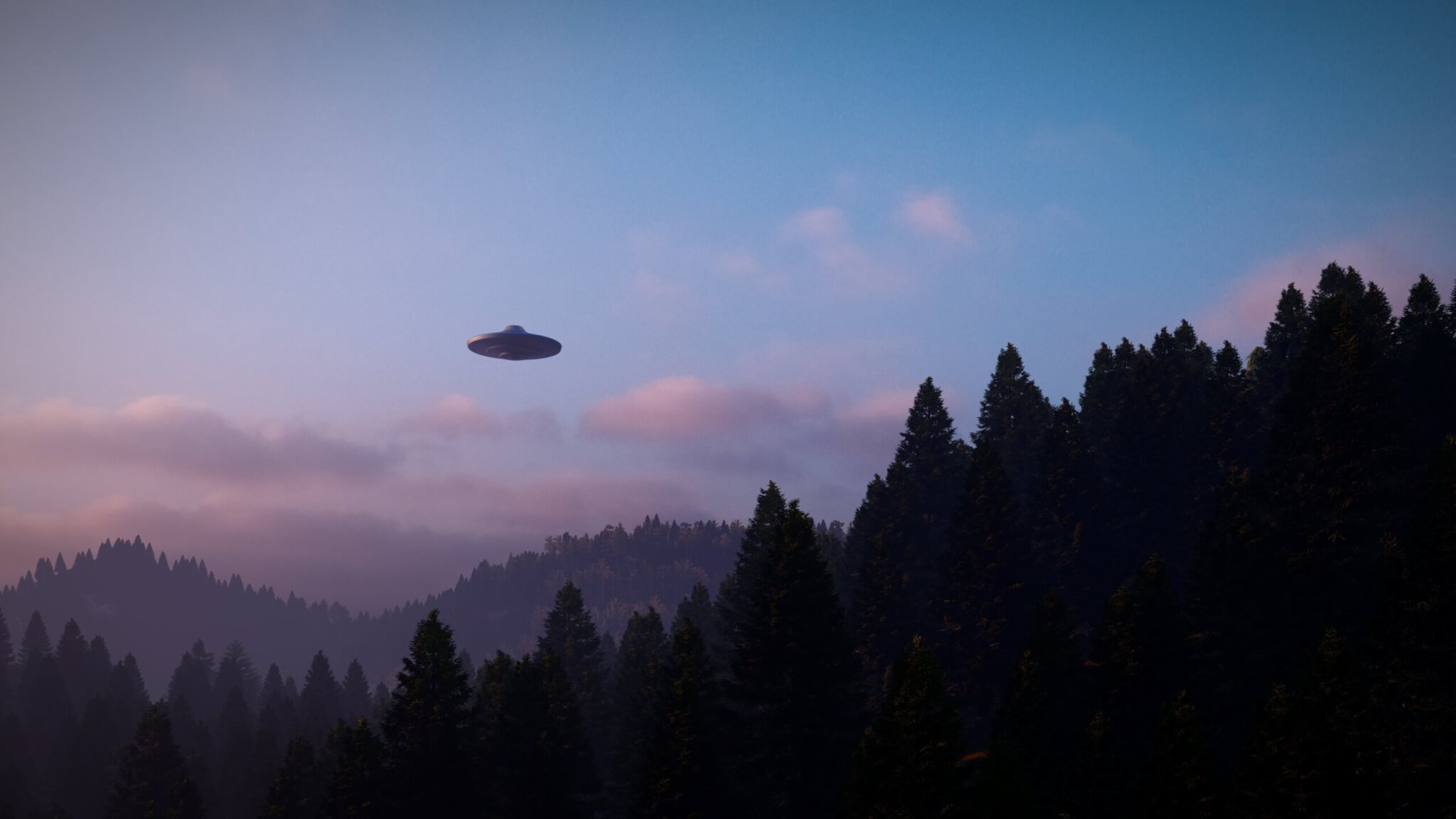
(© mockupzord - stock.adobe.com)
CAMBRIDGE, Mass. — The hunt for extraterrestrial intelligence has long focused on scanning the skies for signs of life light years away. But what if the aliens are already here, living in secret bases deep underground or beneath the ocean waves? As outlandish as it sounds, that's the startling possibility explored in a fascinating new paper.
While the authors, Tim Lomas and Brendan Case of Harvard University, along with Michael Masters of the University of Montana, acknowledge that this “cryptoterrestrial hypothesis” (CTH) is likely to be viewed skeptically by most scientists, they argue it nevertheless deserves serious consideration given the extraordinary nature of the Unidentified Anomalous Phenomena (UAP) that have confounded experts in recent years. The paper in the journal Philosophy and Cosmology delves into the limits of our historical and geological knowledge, tantalizing traces of lost civilizations, and compelling clues pointing to the existence of hidden realms and beings living in the shadows of our world.
To build their case, Lomas and his co-authors take an interdisciplinary deep dive, weaving together strands of evidence from fields as diverse as anthropology, history, geology, biology, and mythology. They examine potential gaps in the fossil and archeological records that could allow for the possibility of ancient intelligent species pre-dating humanity. The authors also analyze folklore and legends from cultures around the world that consistently describe interactions with subterranean or underwater entities. Finally, they scrutinize anomalous UAP activity, including sightings of objects entering or exiting volcanoes, oceans, and lakes, that could indicate bases hidden in inaccessible locations.

While fully acknowledging the speculative nature of the CTH, the paper compellingly argues that the truly bizarre characteristics of many well-documented UAP encounters — such as instantaneous acceleration (suddenly flying off at high speed), trans-medium travel (seamlessly going from the air to water), and anti-gravity capabilities (appearing to defy the laws of physics) — strain the boundaries of current scientific understanding. Given our still limited knowledge of Earth's past and the vast expanses of the planet that remain unexplored, the authors contend we cannot rule out the possibility that non-human intelligences have been concealed alongside us for an unknown span of time. It's a hypothesis some researchers call the “ancient alien theory.”
The new paper outlines four potential flavors of the hypothesis, involving remnants of ancient human civilizations, formerly undiscovered hominid species, extraterrestrial visitors living in hiding, or more supernatural “magical” entities.
The authors do concede that they currently lack any “smoking gun” to conclusively prove the existence of cryptoterrestrials. Without verified physical evidence or direct observation by credible witnesses, the CTH remains an intriguing but unproven conjecture. Much of the support for subterranean civilizations relies on mythological accounts open to interpretation.
The anomalous UAP characteristics, while genuinely baffling, could potentially be explained by foreign adversaries with advanced technology. Ultimately, absence of evidence is not necessarily evidence of absence when it comes to hypothetical hidden species and civilizations.

Despite its admitted limitations, this thought-provoking paper makes a convincing argument that the cryptoterrestrial hypothesis should not be dismissed out of hand as we grapple with the UAP enigma. While an Earth-based explanation may seem far-fetched compared to the extraterrestrial hypothesis, the authors point out that it neatly avoids tricky questions about interstellar travel and the improbable physiological similarities between aliens and humans often reported by alleged abductees. At the very least, the paper suggests that UAP investigations should expand to scrutinize anomalous activity related to volcanoes, oceans, and remote underground locations.
Lomas and his colleagues are certainly taking a bold stance by advancing such a controversial hypothesis. While cryptoterrestrials hiding under our feet or beneath the waves might seem to strain credulity, as the paper highlights, the UAP mystery has already shaken many common assumptions about what is scientifically plausible. Maintaining an open yet rigorously evidence-based mindset, as the authors advise, seems prudent as we continue to investigate these confounding phenomena. The truth, as they say, is out there - but maybe not as far out there as we thought.
EdNews Editor Chris Melore contributed to this report.










